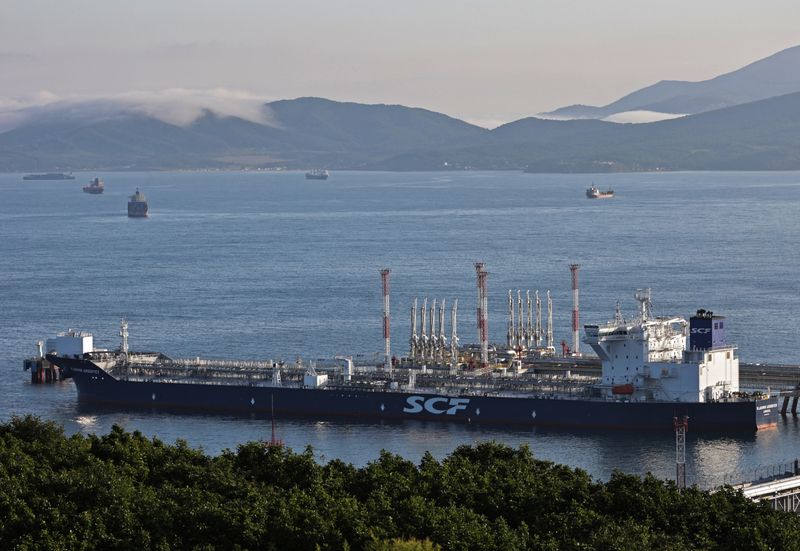By Scott DiSavino
NEW YORK (Reuters) -Oil prices held at a 14-month low on Thursday as worries about demand in the U.S. and China and a likely rise in supplies out of Libya offset a big withdrawal from U.S. inventories and a delay to output increases by OPEC+ producers.
Brent futures were down 1 cent to settle at $72.69 a barrel, while U.S. West Texas Intermediate (WTI) crude fell 5 cents, or 0.1%, to settle at $69.15.
That was the lowest close for Brent since June 2023 for a second day in a row and the lowest close for WTI since December 2023 for a third day in a row.
The U.S. Energy Information Administration said energy firms pulled 6.9 million barrels of crude out of storage during the week ended Aug. 30. [EIA/S] [API/S]
That was much bigger than the draw of 1 million barrels analysts forecast in a Reuters poll, but was in line with the draw of 7.4 million barrels reported by the American Petroleum Institute industry group on Wednesday.
Further support came from discussions between the Organization of the Petroleum Exporting Countries and allies led by Russia, known collectively as OPEC+, about delaying output increases due to start in October.
OPEC+ agreed to delay a planned oil output increase for October and November, and said it could further pause or reverse the hikes if needed.
Analysts at U.S. investment banking firm Jefferies said the OPEC+ decision has the effect of tightening fourth-quarter balances by about 100,000-200,000 barrels per day (bpd) and should be sufficient to prevent material builds even if demand from China does not improve.
Bob Yawger, director of energy futures at Mizuho, however, said the market was not impressed with the OPEC+ news.
"The gasoline market would be capable of cratering crude oil even if the OPEC+ chaos was not leaning on (the) price. If you don’t need the gasoline, you don’t need the crude oil to make gasoline," Yawger said.
After energy firms added a surprise 0.8 million barrels of gasoline to U.S. stockpiles last week, U.S. gasoline futures fell to their lowest close since March 2021.
In Libya, some tankers were being allowed to load crude from the OPEC member's storage even though output remained curtailed amid a political standoff over the central bank and oil revenue.
CONFLICTING US DATA
The latest U.S. economic data offered some relief about the health of the economy to a market looking for clues about the path of the Federal Reserve interest rate cuts.
The Fed hiked rates aggressively in 2022 and 2023 to tame a surge in inflation, but is widely expected to reduce borrowing costs at its Sept. 17-18 policy meeting. Lower rates can boost economic growth and demand for oil.
U.S. services sector activity was steady in August, but employment gains slowed, remaining consistent with an easing labor market.
Meanwhile, U.S. private job growth hit a 3-1/2-year low in August and data for the prior month was revised lower, potentially hinting at a sharp labor market slowdown.

By contrast, the number of Americans filing new applications for jobless benefits declined last week as layoffs remained low.
"In our view, the 'Beige Book' suggests that the economy is already growing at a below-trend pace and that recession risks are rising," analysts at UBS said in a note, referring to the release on Wednesday of a Fed report that acts as a temperature check on the health of the economy about every six weeks.